The Perseverance rover. Image via NASA, public domain.
Corinne Mona
Corinne Mona
Corinne Mona is the Head Editor of the Ex Libris Universum blog. She is also Assistant Librarian at the Niels Bohr Library & Archives. In addition to a master's degree in library & information science, she also holds advanced degrees in music performance and French. Here at the Niels Bohr Library and Archives, she wrangles books and journals by cataloging, shifting, buying, and promoting them. Corinne considers herself a librarian flutist or flutist librarian depending on the day, as she is also a professional musician and flute teacher. Outside of work, she also loves reading, baking, and studying animals, especially true seals. One of her favorite books from the library is Women Spacefarers by Umberto Cavallero.
Caption: Astronaut Catherine Coleman is featured in the book Women Spacefarers. She played this traditional Irish flute and tin whistle in space on St. Patrick’s Day in 2011 at the International Space Station. Photo is public domain through NASA.







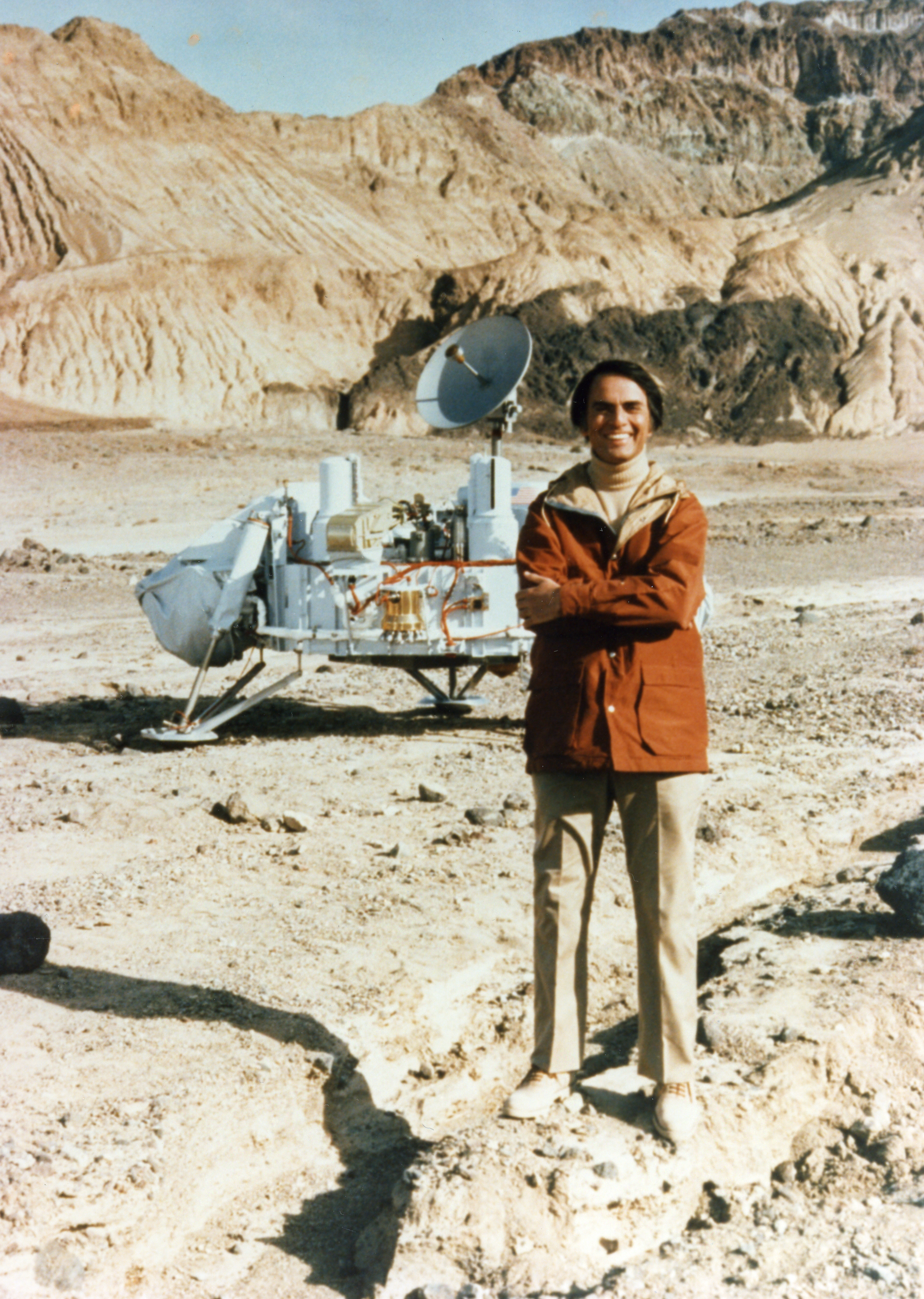
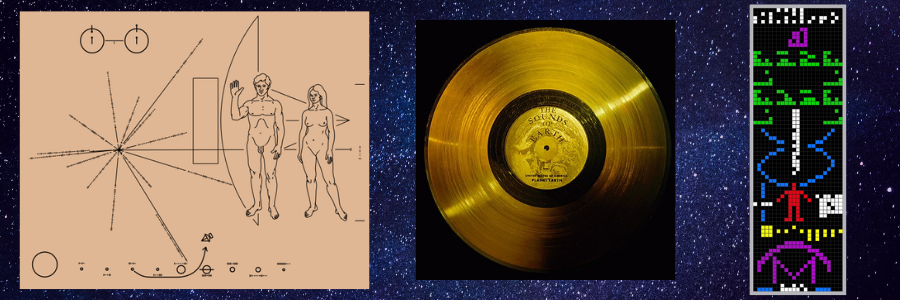
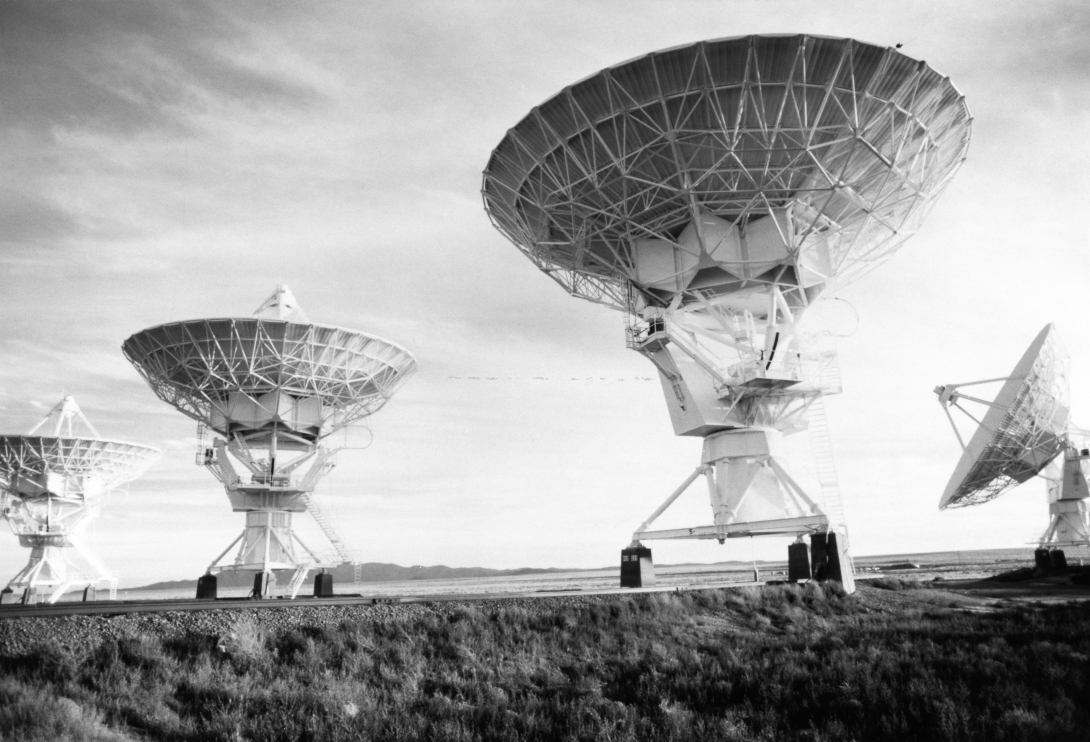
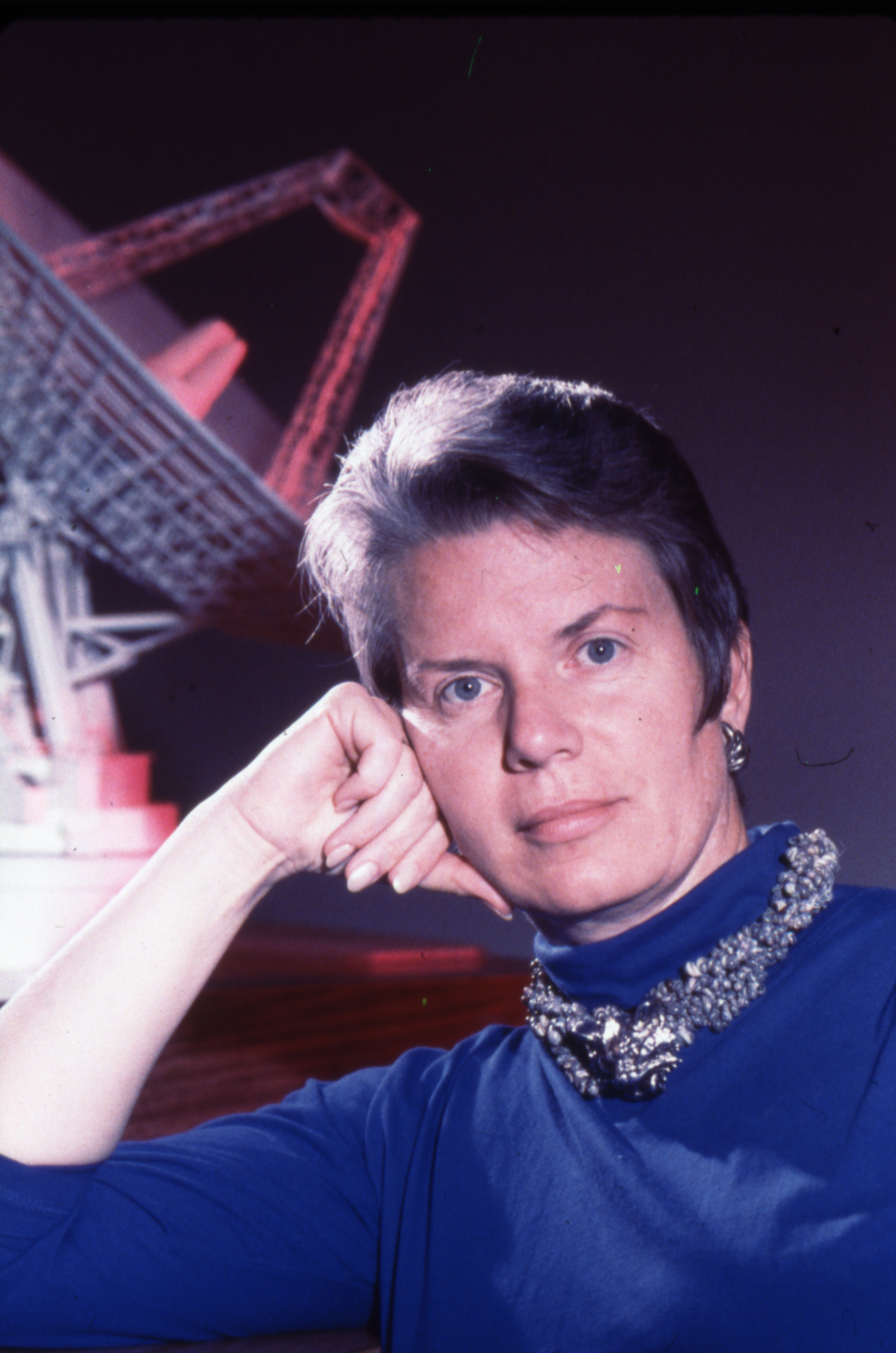
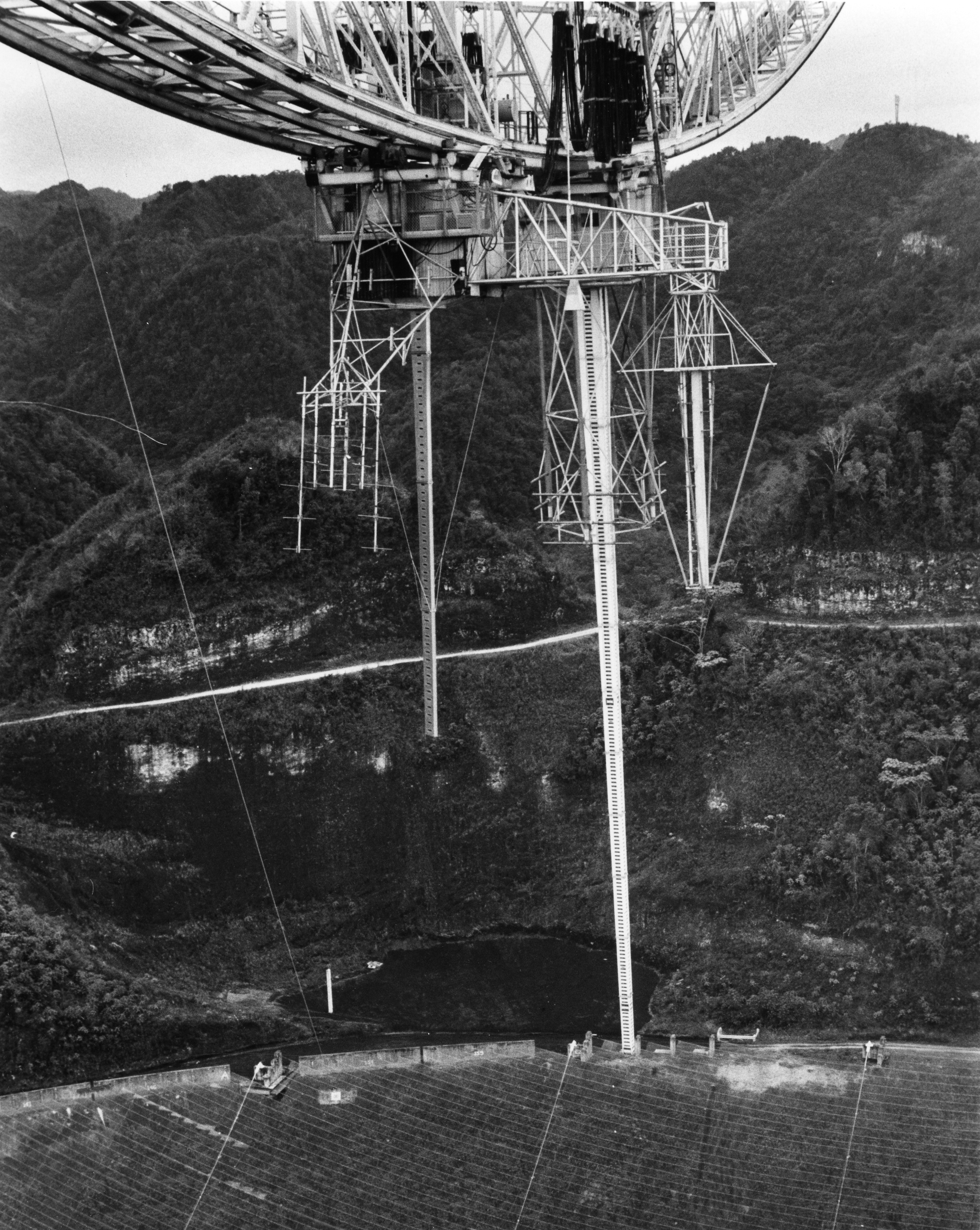
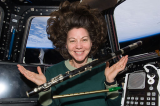
Add new comment